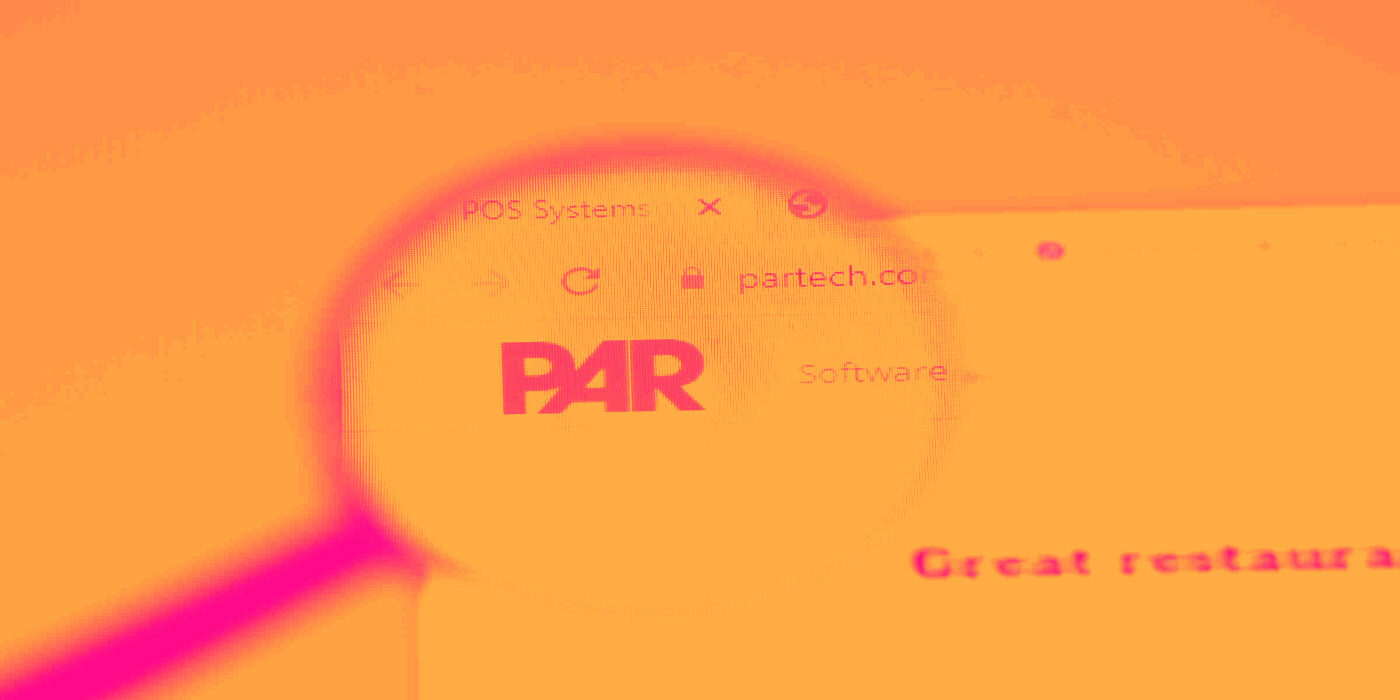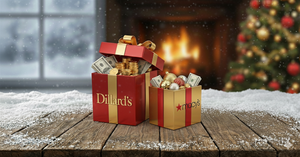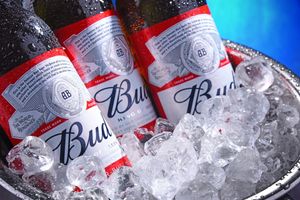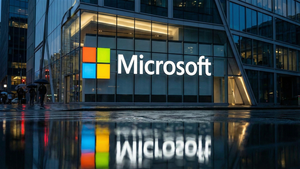
Restaurant technology provider PAR Technology (NYSE: PAR) missed Wall Street’s revenue expectations in Q1 CY2025, but sales rose 48.2% year on year to $103.9 million. Its non-GAAP EPS of $0.01 per share was 76.7% above analysts’ consensus estimates.
Is now the time to buy PAR? Find out in our full research report (it’s free).
PAR Technology (PAR) Q1 CY2025 Highlights:
- Revenue: $103.9 million (48.2% year-on-year growth)
- Adjusted EPS: -$0.01 vs analyst estimates of -$0.04 (76.7% beat)
- Operating Margin: -15.2%, up from -38.2% in the same quarter last year
- Annual Recurring Revenue: $282.1 million at quarter end, up 51.9% year on year
- Market Capitalization: $2.65 billion
StockStory’s Take
PAR Technology’s first quarter performance was largely driven by growth in its subscription services and continued expansion of annual recurring revenue, as highlighted by CEO Savneet Singh. Management attributed the results to increased adoption of multiproduct solutions, with particular momentum in its Operator Solutions and Engagement Cloud business units. Singh pointed out that the company’s focus on integrating newly acquired products, such as Delaget, with existing offerings has led to higher customer retention and improved operating leverage. The rollout of PAR POS at Burger King, after a temporary pause for dual implementation, resumed successfully and was complemented by five new PAR POS customer signings in the quarter. Singh emphasized that these multiproduct deals have not yet fully impacted current financials, setting the stage for further revenue growth as integration with customers deepens.
Looking forward, management expects the majority of revenue acceleration to occur in the second half of the year as recent Tier 1 deals move from signing to rollout. Singh stated, “We’ll see more impact from these deals and our big POS rollout in the second half of the year,” pointing to anticipated peaks in install velocity for both POS and back office products in Q3 and Q4. The leadership team continues to target 20% or higher organic ARR growth for the year and foresees significant EBITDA expansion as larger multiproduct customers come online. While Singh acknowledged ongoing macroeconomic uncertainty and the need for technology adoption in the restaurant sector, he believes the company’s integrated platform strategy and expanding cross-sell opportunities will drive long-term value and customer stickiness.
Key Insights from Management’s Remarks
Management highlighted that multiproduct deals, product integration, and successful cross-selling were the primary drivers of the quarter’s performance, while FX fluctuations and a temporary Burger King rollout pause influenced results.
- Multiproduct deal momentum: The company continued to convert both new and existing customers to multiproduct contracts, with 100% of Operator Solutions and 57% of Engagement Cloud deals involving multiple offerings this quarter—up sharply from last year. Management views this as a key competitive differentiator, as integrated solutions increase customer retention and revenue per customer.
- POS rollout impacts: While the Burger King POS rollout was paused earlier in the quarter to enable a dual implementation strategy, management reported that installations have resumed and are receiving positive feedback. This pause constrained growth in Q1 but is expected to lead to a stronger ramp in the second half of the year.
- Back office product expansion: PAR OPS, the merged Data Central and Delaget offering, was launched at a major industry conference and selected by Popeyes as a preferred vendor. Management emphasized that enterprise food service organizations are prioritizing back office upgrades to improve efficiency and margins, which supports pipeline growth for these solutions.
- Engagement Cloud and Ordering innovation: The Engagement Cloud business delivered over 95% gross retention, aided by the soft launch of Ordering 2.0, which now includes enterprise menu management and AI-driven upsells. The ability to combine guest data with real-time menu management is cited as a unique market advantage.
- Payments and hardware diversification: Payments services, while still less than 10% of total revenue and dilutive to gross margin, continued to add new brands. Hardware revenue grew, supported by new products like PAR WAVE and the Clear drive-thru solution. Management noted that reduced reliance on Chinese supply chains has helped mitigate tariff risks.
Drivers of Future Performance
Management’s outlook centers on the expansion of multiproduct rollouts, improved operating leverage, and the durability of its cross-sell strategy, even as macroeconomic and FX headwinds persist.
- Second-half revenue acceleration: Management anticipates a material step-up in both revenue and profitability in Q3 and Q4 as recently signed Tier 1 multiproduct deals and the resumed Burger King rollout move into active deployment. The full financial impact of these contracts has yet to be reflected in current results.
- Cross-sell and product integration: The company expects continued growth in average revenue per customer as cross-sell rates rise and product integration deepens. Singh noted that a fully penetrated customer could generate up to four times current revenue, and the integration of new features—such as AI-enabled upselling—makes the offering more compelling and defensible.
- Macro and FX risks: Management remains cautious about the potential for ongoing macroeconomic pressures, currency fluctuations, and the pace of customer capital expenditure. Although no direct impact has been seen yet, the company has taken steps to diversify sourcing and maintain pricing flexibility to address tariff risks and supply chain volatility.
Catalysts in Upcoming Quarters
Looking ahead, the StockStory team will be monitoring (1) the implementation pace and customer adoption rates of major multiproduct deals, especially at Burger King and other Tier 1 accounts; (2) margin trends as high-margin software and cross-sell contributions grow; and (3) any macroeconomic or FX-related headwinds that might affect capital spending by restaurant and retail clients. Continued product innovation and the execution of back office and payments strategies will also be important signposts.
PAR Technology currently trades at a forward P/E ratio of 248×. At this valuation, is it a buy or sell post earnings? The answer lies in our full research report (it’s free).
Our Favorite Stocks Right Now
Donald Trump’s victory in the 2024 U.S. Presidential Election sent major indices to all-time highs, but stocks have retraced as investors debate the health of the economy and the potential impact of tariffs.
While this leaves much uncertainty around 2025, a few companies are poised for long-term gains regardless of the political or macroeconomic climate, like our Top 6 Stocks for this week. This is a curated list of our High Quality stocks that have generated a market-beating return of 183% over the last five years (as of March 31st 2025).
Stocks that made our list in 2020 include now familiar names such as Nvidia (+1,545% between March 2020 and March 2025) as well as under-the-radar businesses like the once-micro-cap company Kadant (+351% five-year return). Find your next big winner with StockStory today.






